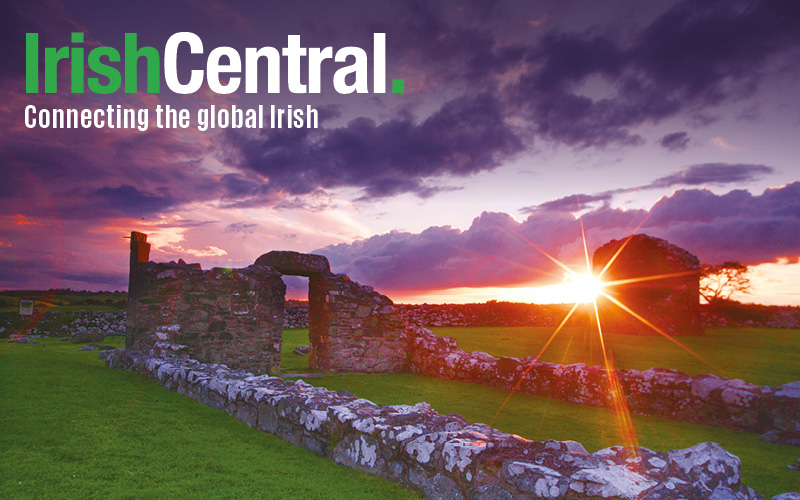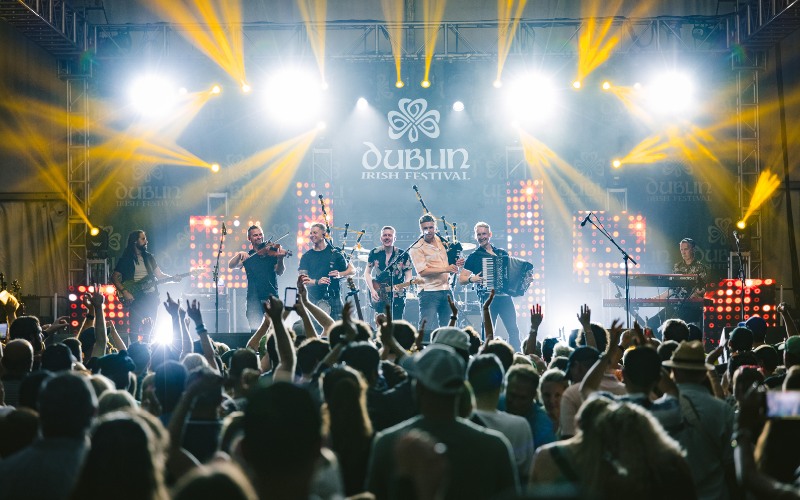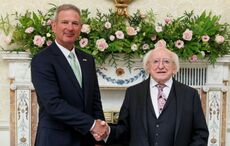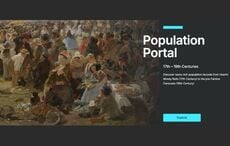DUBLIN - On Good Friday I went to a mosque. There were over 1,000 attendees at Friday prayers at the mosque located in Clonskeagh, a Dublin suburb next to University College Dublin.
They came from all over the Arab world, but some were local Irish converts. For instance, it was hard to miss the red-headed young man smack in the middle of the prayer meeting, or the Irish accents among the women who had converted to their husband's faith.
The night before I had gone to a synagogue in Belfast where Purim, the Jewish equivalent of St. Patrick's Day, was being observed. The small congregation did not let their numbers interfere with their joy at celebrating an age old tribal victory over their enemies.
Good spirits abounded. The rabbi dressed as a chicken at one point and the kids fell about laughing.
It was a week to remember. St. Patrick's Day, Purim and Easter all fell in the same week. What a time to be in Ireland
It was also a time to rediscover the country I once called home but have now lived away from for close to 30 years. For almost a week I traveled throughout Ireland with a graduate class of 20 or so students from Columbia University Graduate School of Journalism, where I have been teaching this semester.
At the head was Professor Ari Goldman, former New York Times religious reporter, who has brought his classes to the cradles of religions from Israel to India, to Russia and now Ireland to show them the world they must cover.
This trip was back to a country where I had never been. Seeing it through the eyes of the journalism class, students from all religious backgrounds from the U.S., India, Argentina, Cuba and even one Irish native, was like reinventing reality all over again. (The students' website, www.coveringreligion.org, is where they share their insights.)
They visited mosques and temples and gurdwaras where Sikhs worship, and Buddhist monasteries and Christian churches. We met Gerry Adams and Loyalist leaders and discussed the religious aspect of the Troubles.
We talked about Polish Catholics moving into Loyalist areas and about the dwindling Jewish numbers north and south. It was the kind of exhilarating multi-ethnic discussion that Ireland north and south has never had.
There was time for the traditional, too. St. Patrick's Day was spent on the windswept Aran Islands staring out over the vast Atlantic swell from atop Dun Aengus. Easter Sunday was in Dublin, our hotel close by where thousands had gathered on O'Connell Street for the 1916 Rising commemoration.
One wonders what Pearse and Connolly would have made of this modern Ireland, so different from the land they fought for. One senses they would approve.
On a showery Good Friday afternoon in Dublin I came face to face with the Ireland I have never known. The 1,000 devotees at the Clonskeagh mosque prayed to Allah, listened to their imam and cast some sideways glances at the visitors who had come to observe the latest religious phenomenon in Ireland.
Thirty years ago when I lived in Dublin, meeting a Muslim was a rare event, usually confined to a hospital visit when many doctors were from the Middle East. The idea that some day a gleaming mosque, funded in part by the ruling family of Dubai, would rise in one of Dublin's most residential neighborhoods would have been fanciful at the time.
Not now. The new immigrants have come to Ireland in their hundreds of thousands and have added powerfully to the ethnic mix in a country long locked into a homogeneity and sameness that did little for diverse views.
Now there are Polish language Masses, Russian Orthodox services, Muslim prayers, Nigerian Pente-costal rites, Buddhist monasteries and Sikh gurdwaras, cheek by jowl alongside the traditional faiths.
The upshot is that such diversity is very good for Ireland. But there are problems.
The massive effort to integrate the new faiths and faces often falls short. One hears of a disturbing amount of discrimination aimed at the new immigrants but yet, compared to the rest of Europe, Ireland seems to be handling it well.
Our own history of emigration undoubtedly helps. The fact is that every family in the land knows one of their own who was once a stranger in a strange land.
Strange it can be. On the street where I grew up in the town of Drogheda, some 30 miles from Dublin, there is now an Afro Caribbean restaurant. It is wonderful to behold.
Babel has come to Ireland, and the place is much better for it. The students from America go back home enriched and so do I from a country I had never known.




Comments